Soon it won’t be a case of “Should I, or shouldn’t I optimize for AI Overviews?”
If you want any chance of search visibility, you’ll need to understand how to rank in Google’s AI results.
With this new reality in mind, we’ve analyzed 75,000 brands to see which search factors are most likely to influence brand mentions in AI Overviews.
As ever, I’d like to say a huge thanks to our awesome data scientist Xibeijia Guan for pulling the data together for this study.
Let’s get into it.

- Brand web mentions show the strongest correlation (0.664) with AI Overview brand visibility.
- Web mentions (0.664) correlate much more strongly than backlinks (0.218).
- The top 3 correlations are all off-site factors: brand web mentions (0.664), brand anchors (0.527), and brand search volume (0.392).
- Paid factors like branded ad traffic (0.216) and branded ad cost (0.215) show weak positive correlations with AI mentions.
- Brands earning the most web mentions earn up to 10X more mentions in AI Overviews vs. the next closest quartile.
- 26% of brands have zero mentions in AI Overviews.
While the data shows statistical relationships, I should emphasize that correlation ≠ causation.
All the factors we studied revealed moderate to very weak correlations on the Spearman scale, but that doesn’t necessarily mean they should be overlooked.
These signals, and tons of others, all combine to influence your brand’s visibility in AI search.
The “keyword” factors included:
- Branded web mentions (mentions of the brand name anywhere across the web)
- Branded anchors (mentions of the brand name in hyperlinked text)
- Branded search volume (monthly search volume attached to the brand name)
All “keyword” factors corresponded to the domain’s #1 ranking keyword.
We filtered for domains with DR > 40 and took their highest volume keyword with a monthly search volume of at least 800.
Though not a perfect calculus, it worked pretty well in helping us find legitimate brands.
Following that, we analyzed millions of AI Overview responses to find mentions of those brands, using Ahrefs Brand Radar
Roughly 26% had zero mentions–we studied the remaining ~74%.
Brand search volume is the biggest predictor for visibility in ChatGPT… The number of AI Chatbot mentions and brand search volume have a correlation of .334 – pretty good in this field.
Our correlation of 0.392 for branded search volume closely supports Kevin’s findings—but we’ve uncovered even stronger signals.
Branded web mentions–linked or unliked–show the highest correlation with brand presence in AI Overviews.
As our Content Marketing Director, Ryan Law, noted in his article GEO, LLMO, AEO… It’s All Just SEO:
Unlinked mentions—text written about your brand on other websites—have very little impact on SEO, but a much bigger impact on GEO… LLMs derive their understanding of a brand’s authority from words on the page, from the prevalence of particular words, the co-occurrence of different terms and topics, and the context in which those words are used.
Another major thing to note is that all three of these factors represent “keyword” factors in our study.
Large Language Models (LLMs) are predictive language models. They train on a huge corpus of web text.
It makes sense that the signals determining your brand’s visibility in the LLMs of AI Overviews are rooted in text and language.
From all of this data we can infer that your brand’s presence across the web—not just your own website—is what AI Overviews draw on when deciding whether to mention you.
The Seer team studied keywords, backlinks, domain rank, and SERP features across Google and Bing, to understand their relationship with brand mentions in ChatGPT.

As you can see, they also discovered weaker correlations in link metrics such as domain rank (0.25) and backlinks (0.10), and observed the strongest relationships between Google keywords when it came to ChatGPT brand visibility.
Leaked internal documents suggest that Google’s web ranking systems also consider user interaction data, like traffic and user behavior signals.
Based on that, you could be forgiven for thinking that your site’s traffic plays an important role in your AI Overview visibility.
But it seems that AI Overviews are more likely to favor text-based signals like web mentions (0.064) and anchors (0.527), over user behavior signals like organic traffic (0.274).
What’s more interesting is that 71.67% of the searches with AIOs had no CPC data. This indicates a majority of the AIO searches weren’t monetized at all. It’s no wonder no one has seen ads in AIOs yet. They aren’t showing for the majority of the terms that make Google money.

The issue is that AI Overviews are click deterrents–they always seek to provide the answer in-SERP, giving users less incentive to click.
And ads that drive minimal clicks aren’t the most attractive prospect to advertisers.
This may be one reason we haven’t seen many ads in AI Overviews.
But that’s not stopping Google. They have just expanded search and shopping ads in AI Overviews.
I expect we’ll start to see stronger correlations between paid search factors and AI Overview brand presence with this development.
This is a winner-takes-all scenario. If your brand isn’t being discussed across the web already, it’s likely it won’t be included in AI Overview responses either.
Further reading
But the struggle for enduring AI visibility that remains after those shortcuts are removed still looks a lot like brand building—because that’s exactly what it is.
Ultimately, building and measuring your brand awareness is key to earning compounding visibility in AI search.
Similar Posts
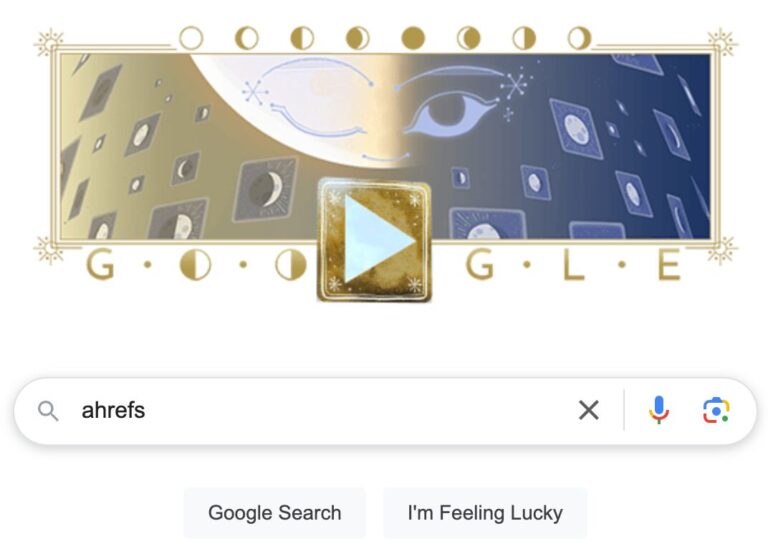
16 Top Search Engines in 2025 (Including Google Alternatives)
What are the top search engines in the world? It depends on what you’re looking for. Slowly disappearing are the days when just one search engine dominates over the rest. The Internet is fragmenting, and people may choose a search engine over others because of specific use cases. So, here are the top search engines, classified…
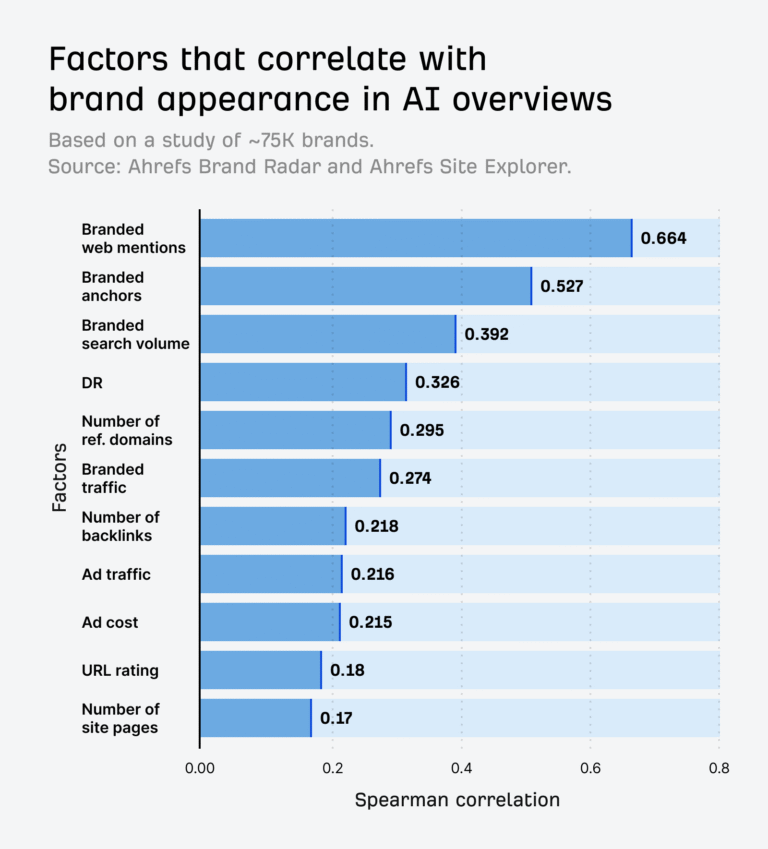
Does Ranking Higher on Google Mean You’ll Get Cited in AI Overviews?
If you rank well in traditional search results, does that mean you’ll get cited in AI Overviews? We decided to find out. SEO still matters. Higher rankings improve your chances of AI Overview citations. And if you can rank high and get cited, you’re more likely to be featured prominently in the AI Overview. However, our…
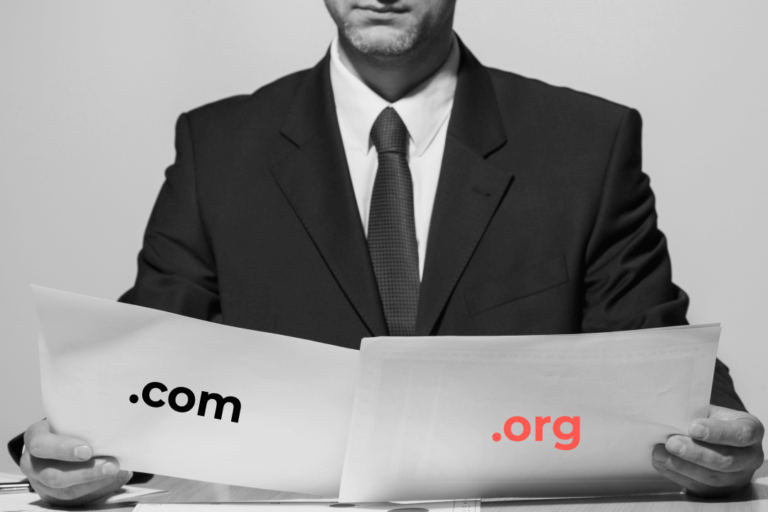
.org vs .com: What’s the Difference & How to Choose Which Domain Extension Is For You
.com and .org are both well-known examples of domain extensions. But what is .com exactly, and what is .org? And does it matter which one you use? (Spoiler alert: yes.) When you set up a website for a business or a non-profit organisation, you might think the most important part of the address is the…
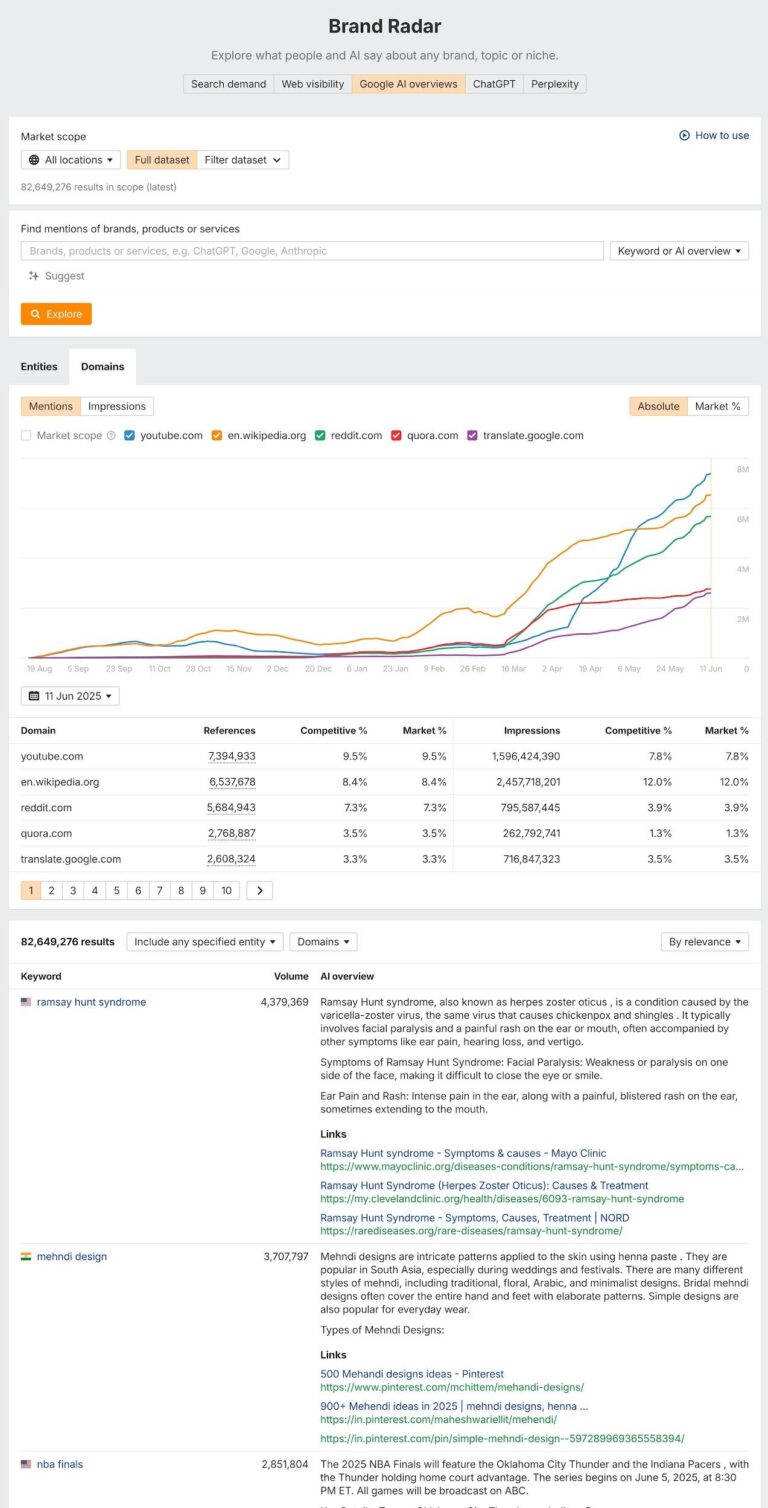
Domain-Level Link Metrics May Not Be Good Predictors of AI Search Mentions
Going into this study, I suspected that domain-level link metrics would not be a good predictor for mentions. I was expecting Google AI Overviews to show more of a correlation since they may use some of the traditional search signals, whereas the other systems may not. For traditional search, usually the page-level metrics are more…
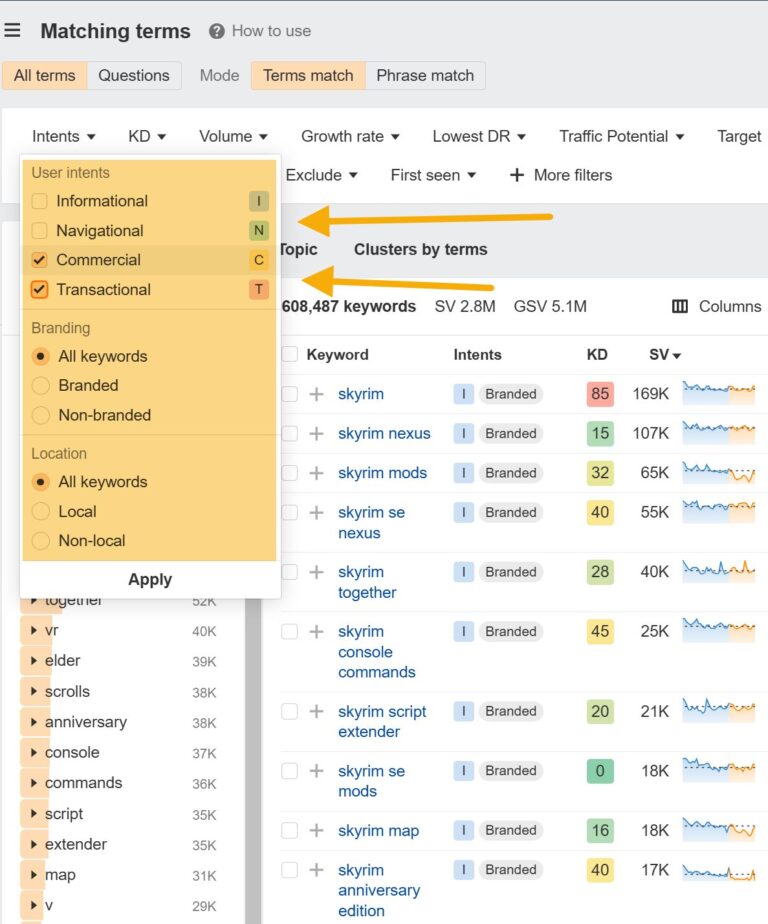
I Reviewed the Best AI Search Engines for 2025
I rigorously tested the most popular AI search engines to discover their strengths and weaknesses. I ran this test for two reasons: As a human being, I want to use the best search engine around. I spend my life on the internet. I want to find information in the fastest, most effortless way possible. As…
2 New Tutorials Added to Single Directory Components Course
As promised, we’ve added 2 new tutorials to our course, Single Directory Components in Drupal: Props and slots are both mechanisms for passing data and content to UI components. In Understanding Props and Slots in Drupal Single Directory Components, you’ll learn the difference between props and slots in Drupal SDCs, and how to choose the…



